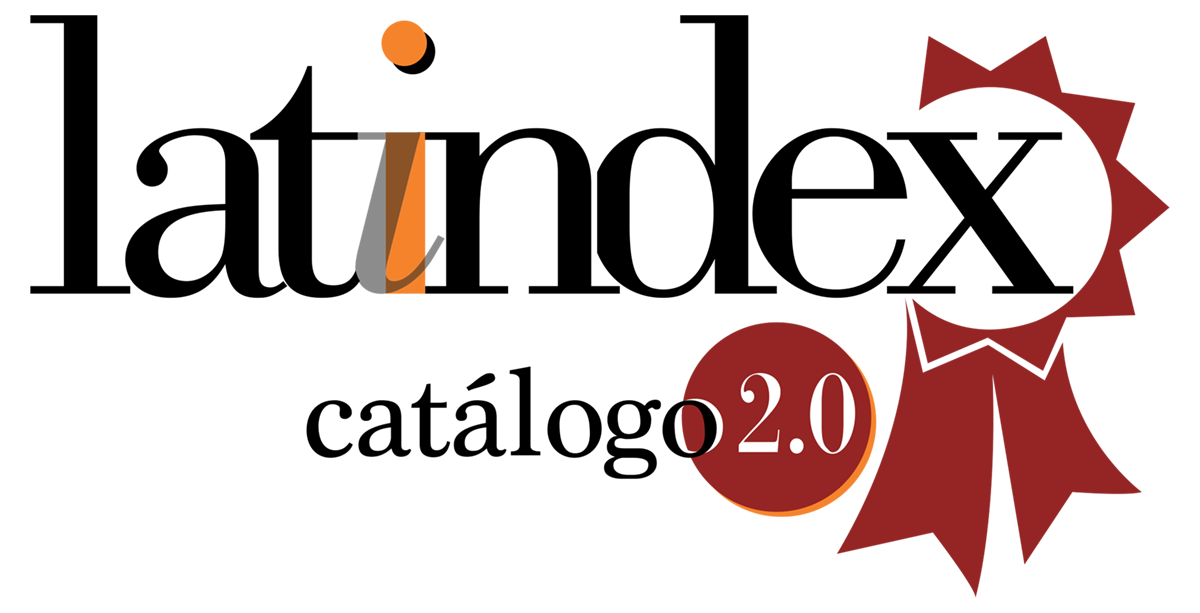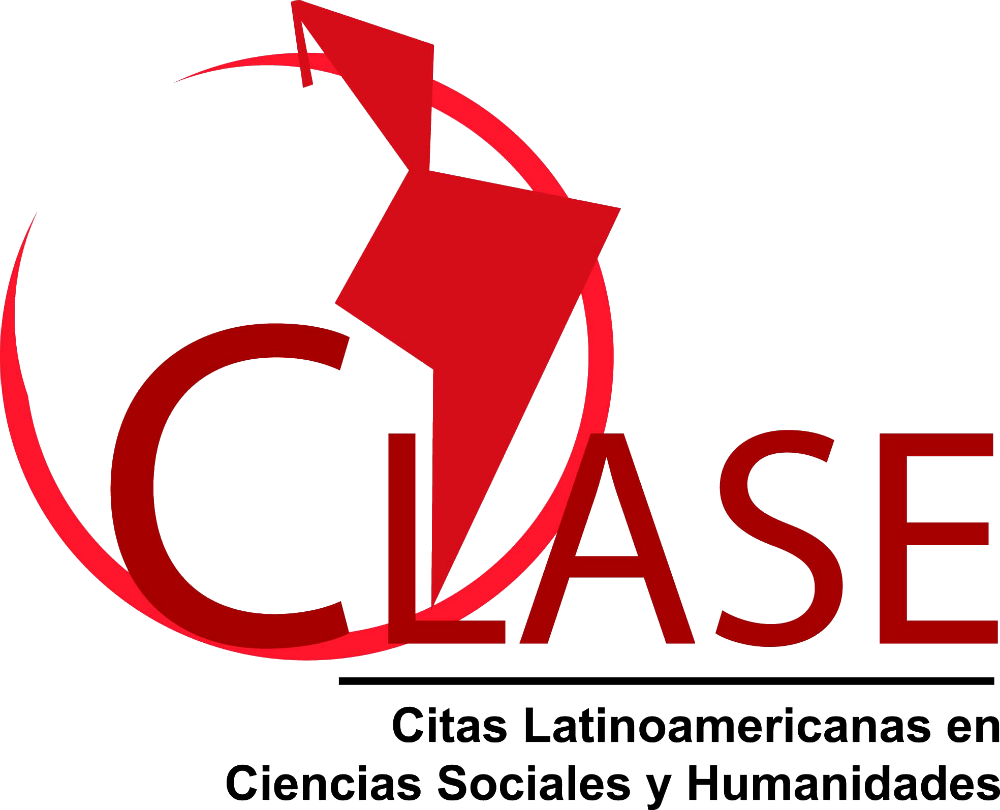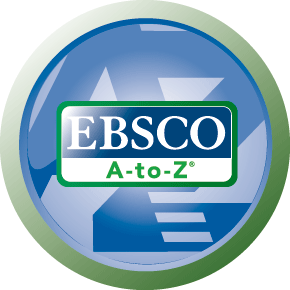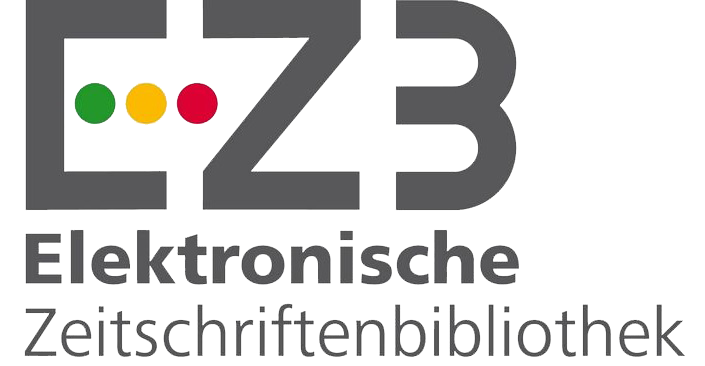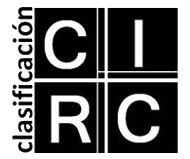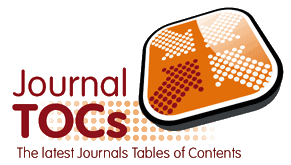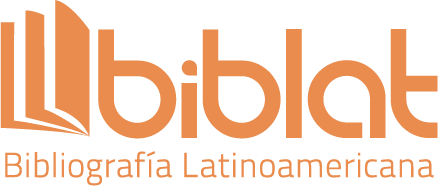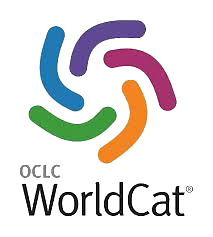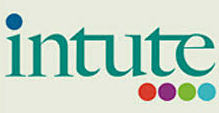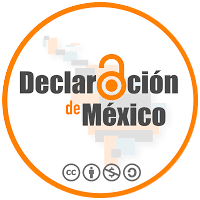Los unos y los otros: vidas comunes en tiempos digitales
Un estudio en torno a las miradas de y sobre jóvenes de escuelas secundarias de la Región Metropolitana de Buenos Aires.
DOI:
https://doi.org/10.24215/16696581e486Palavras-chave:
jóvenes, común, producción audiovisual, entornos digitales, miradas otrasResumo
En este artículo proponemos discutir la potencia de los entornos digitales de articular lo común e intervenir en la vida pública a partir de resultados de investigación en escuelas secundarias emplazadas en contextos de extrema pobreza urbana de la Región Metropolitana de Buenos Aires que recupera a la producción audiovisual como forma de indagación e intervención en las instituciones. Para ello se retoman reflexiones de los jóvenes, las maneras en que aspiran a devenir unos en un mundo en el que se saben siendo otros. Aquello que esperan que ocurra cuando la circulación de sus relatos emerge tensionando los marcos de interpretación de quien mira y posibilita, desde la escuela, la producción de un común donde caben muchos otros que no quedan aplazados, donde la palabra emerge e interpela.
Downloads
Referências
Armella, J. (2016). Hacer docencia en tiempos digitales. Un estudio socio-pedagógico en escuelas secundarias públicas emplazadas en contextos de pobreza urbana. Estudios pedagógicos. Valdivia. Vol. 42 (3), 49-67. http://dx.doi.org/10.4067/S0718-07052016000400003
Belting, H. (2007). Antropología de la imagen. Buenos Aires/Madrid: Katz Editores.
Berlant, L. (2016). The commons: infrastructures for troubling times en SAGE, 34(3), 393-419.
Berardi, F. (2017). Fenomenología del fin. Sensibilidad y mutación conectiva. Buenos Aires, Argentina: Caja Negra.
___ (2020). Crónica de la psicodeflación. Disponible en https://cajanegraeditora.com.ar/blog/cronica-de-la-psicodeflacion/
Butler, J. (2009). Marcos de guerra. Las vidas lloradas. Buenos Aires, Argentina: Paidós.
Byung-Chul, H. (2013). La sociedad de la transparencia. Barcelona, España: Herder.
Carpentieri, Y., Dafunchio, S., Machado, M. y Langer, E. (2015). Producir saberes desde la experiencia de un taller audiovisual en una escuela secundaria en contexto de pobreza urbana. En Novedades Educativas. 294; 6-2015; 27-32
URI: http://hdl.handle.net/11336/54873
Chatterjee, I. (2009). Social conflict and the neoliberal city: a case of Hindu-Muslim violence in India en Transactions of the Institute of British Geographers 34 (2), 143-60.
Collet, J. (2017). Escuelas democráticas en común: primeras notas para producir escuelas democráticas a partir de prácticas comunicantes en Pedagogia i treball social 6:2, 32-54.
Curutchet, G., Grinberg, S. y Gutiérrez, R. (2012). Degradación ambiental y periferia urbana: un estudio transdisciplinario sobre la contaminación en la región metropolitana de Buenos Aires en Revista Ambiente & Sociedad. Nº 2. XV, 173-194.
Davis, M. (2007). Planeta de Ciudades Miseria. Buenos Aires, Argentina: Foca ediciones.
Dewey, J. (1995). Democracia y educación. Madrid, España: Morata.
Engels, F. (2019). Situación de la clase obrera en Inglaterra. digitalización: Por JOJ, 2002. Esta edición en PDF: Mayo 2019. 1era edición 1845.
Espinosa Antón, F. J. (2017). Los individuos en la multitud en Revista Co-herencia Vol. 15, No 28.
Grinberg, S. (2010). Everyday Banality in a Documentary by Teenage Women: Between the Trivial and the Extreme. Schooling and Desiring in Contexts of Extreme Urban Poverty en Gender & education, 663 - 673.
___ (2011). Territories of Schooling and Schooling Territories in Argentinean Extreme Urban Poverty Contexts. Emotion, space and society, 160 -171.
____ (2012). Escuela, producción audiovisual y subjetivación en contextos de extrema pobreza urbana. Notas de banalidad cotidiana en Polifonias Año 1 Nº 1, UNLU: Lujan. Pp. 75-94.
___ (2016). Elogio de la transmisión La escolaridad más allá de las sociedades de aprendizaje en Polifonías vol. V p. 71 - 93
Hickey-Moody, A. C. (2017). Arts practice as method, urban spaces and intraactive faiths en International Journal of Inclusive Education. Pp. 1083-1096.
Kristeva, J. (1984). Revolution in Poetic Language. Nueva York, Estados Unidos: Columbia University Press.
Laval, C. y Dardot, P. (2015). Común. Ensayo sobre la revolución en el siglo XXI. Barcelona, España: Gedisa.
Lipovestky, G., y Serroy, J. (2009). La pantalla Global. Cultura mediática y cine en la era hipermoderna. Barcelona, España: Anagrama.
Pérez-Tolón, L. y Ardébol, E. (1991). A su propio ritmo: gitanos de hoy: un modelo de colaboración en antropología visual. Gazeta de Antropología, 8, Artículo 13.
Pírez, P. (2001). “Cuestión metropolitana y gobernabilidad urbana en la Argentina.” En Antonio Vázquez Barquero y Oscar Madoery (comps.) Transformaciones globales, instituciones y políticas de desarrollo local. Homo Sapiens. Rosario. Argentina. Pp. 256-286.
Prevot Schapira, M- F. (2001). “Fragmentación espacial y social: Conceptos y realidades”. En Perfiles Latinoamericanos, México: FLACSO Nro. 19. 33-56
Richard, N. (2006). Estudios visuales y políticas de la mirada. En Dussel, I y Gutierrez, D. (comp.) Educar la mirada. Políticas y pedagogías de la imagen. Buenos Aires, Argentina: Manantial.
Rodríguez de la Flor, F. (2010). Giro visual. Salamanca, España: Delirio.
Sibilia, P. (2008). La intimidad como espectáculo. Buenos Aires, Argentina: FCE.
Spinoza, B. (1984). Ética. Madrid, España: Editora Nacional.
Downloads
Publicado
Como Citar
Edição
Seção
Licença
La aceptación de un original por parte de la revista implica la cesión no exclusiva de los derechos patrimoniales de los/as autores/as en favor del editor, quien permite la reutilización, luego de su edición (postprint), bajo una Licencia Creative Commons Atribución-NoComercial-CompartirIgual 4.0 Internacional (CC BY-NC-SA 4.0)
Acorde a estos términos, el material se puede compartir (copiar y redistribuir en cualquier medio o formato) y adaptar (remezclar, transformar y crear a partir del material otra obra), siempre que a) se cite la autoría y la fuente original de su publicación (revista y URL de la obra), b) no se use para fines comerciales y c) se mantengan los mismos términos de la licencia.
La cesión de derechos no exclusivos implica que luego de su edición (postprint) en Question las/os autoras/es pueden publicar su trabajo en cualquier idioma, medio y formato; en tales casos, se solicita que se consigne que el material fue publicado originalmente en esta revista.
Tal cesión supone, también, la autorización de los/as autores/as para que el trabajo sea cosechado por SEDICI, el repositorio institucional de la Universidad Nacional de La Plata, y sea difundido en las bases de datos que el equipo editorial considere adecuadas para incrementar la visibilidad de la publicación y de sus autores/as.
Asimismo, la revista incentiva a las/os autoras/es para que luego de su publicación en Question depositen sus producciones en otros repositorios institucionales y temáticos, bajo el principio de que ofrecer a la sociedad la producción científica y académica sin restricciones contribuye a un mayor intercambio del conocimiento global.








